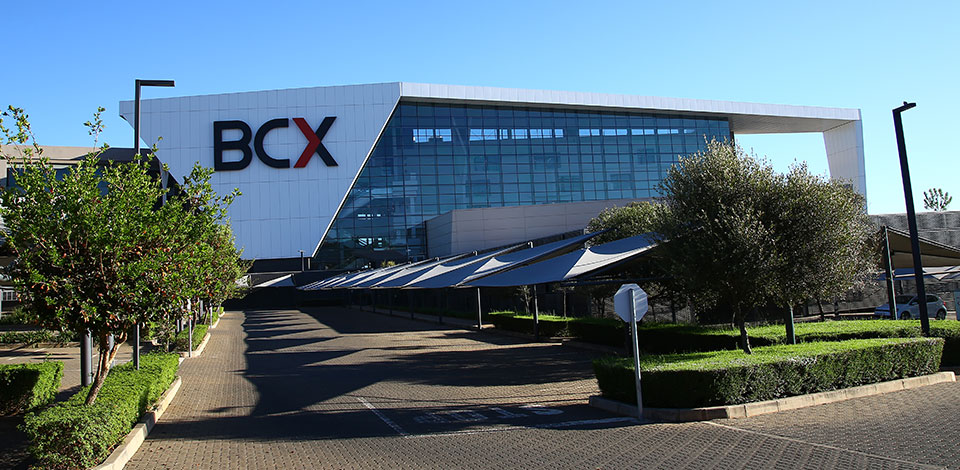
The Symbiosis of Cybersecurity
As the ever-evolving field of Cybersecurity continues to grow exponentially, so to do the complexities accompanied with its development.
This rapid trajectory has seen the traditional methods of detecting malware, and other threats to computing safety, begin to fail and become outdated at an alarming rate. Equally however, are the advancements in hacking and other cybercrimes, which are seeing firewalls and other security measures, bypassed. While organisations have relied on human security analysts and data security specialists to continuously monitor systems, detect threats and act accordingly in the past, the human factor can no longer compete with the instability, complexity and aggressive persistence of global cybercrime.
With the revitalisation of Artificial Intelligence (AI), a more proactive approach to Cybersecurity is possible. Among the host of benefits are, facilitating greater awareness, alertness to change, recognition of emerging patterns, scenario modelling, intervention, analysis of outcomes and the development of innovative, intuitive new counter-response capabilities. The adoption of Machine Learning (ML) allows for efficient detection of similarities and differences within data sets obtained from security controls and mechanisms to report irregularities. Furthermore, machine learning-assisted pattern recognition unlocks greater levels of outcome prediction, mapped from previous data and experience.
Negotiating a fine line between extreme reliability and potential danger, the drawback of AI primarily lies in its elimination of human intuition and judgement. Whilst AI undoubtedly brings a myriad of new Cybersecurity capabilities, there is an undeniable potential for it to create new threats. While AI and ML are equipped with the ability to learn from the consequences of previous events to help predict and identify cybersecurity threats, the implications of errors in this regard are potentially substantial and without clear channels for solid redress.
In the face of myriad opportunities for improvement of security is the risk of cybercrime appropriating AI to launch more sophisticated cyber-attacks. This presents a fundamental technological/ethical question of the ages: Where is the line in the sand with regard to the adoption of AI and machine learning in today’s digital reality?
A number of methods of preventing ML algorithms from fostering a false sense of security are in place to address this present-day digital challenge. New software which implements supervised ML, is already being rolled out. This requires the input of label data sets, chosen by human experts, upon which algorithms are trained. For example, the ability to identify and tag code that constitutes malware, against code that is ‘clean’ or non-malicious.
The key in attempting an adaptive solution towards problems or issues surrounding the potential of detrimental security threats is in adopting a people-centred approach to implementing AI in Cybersecurity. This strategy allows AI to bridge the Cybersecurity skills gap, overcome budgetary constraints and circumvent resource scarcity. In effect, AI can then augment human intelligence to ensure total reliability. There is an ever-increasing demand for skills in the areas of advanced IT, programming, social, emotional and creative competency, critical thinking, decision making and complex information processing. Re-skilling in these and numerous other areas will enhance employee productivity and allow for the creation, training and mastery over the systems necessary to ensure the benevolence of advanced AI in future.
Four key interventions to enhance your cybersecurity:
- Know your risk – focus on consistent monitoring and incident management for users on your network, whether co-located or agile
- Define your policy – clearly outline procedures for dealing with malware, removable media controls and other threats that could infiltrate your network
- Control your core – evaluate and adopt the best-in-class security analytics services to provide protection for your network, whilst ensuring secure configuration of hardware
- Continuously educate – regularly educate and empower your workforce to reduce the likelihood of breaches
The inherent scalability, efficiency and efficacy of AI is simply not possible with human-only system operations. It is therefore the symbiotic relationship between man and machine that unlocks truly robust Cybersecurity, wherein the identification, analysis and the reaction to security threats is facilitated by AI and augmented by a skilled human workforce, to attain previously unimaginable levels of protection.
RELATED POSTS










